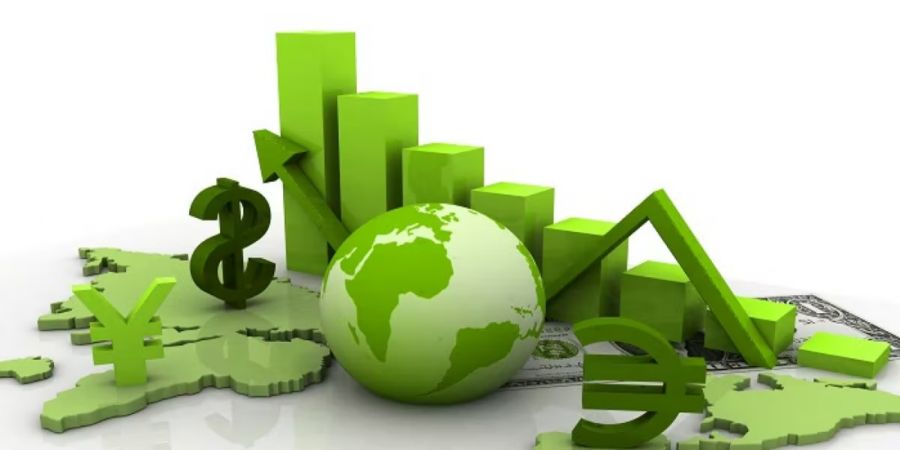

Growth is converted into development only when poverty is eliminated. Implying that people no longer suffer hunger, dearth or starvation; they have at least the bare minimum of life, viz. food, clothing and shelter.
Independent India launched planned program of development with socialistic pattern of social equality, focusing on the elimination to achieve economic and social equality, even when GDP has recorded a significant growth. Poverty continues to be a major challenge for the planners and politicians. It persists as a social menace and, in fact, is a stigma for a nation which has emerged as the 10th largest industrial economy in the world. The present chapter analyses the concept of poverty and its variants. It discusses the way the poor are identified. It discusses the way poverty is estimated. It offers details of the possible remedial measures. Finally, it describes the poverty alleviation programs launched by the government from time to time.
Rural poverty continues to have an edge over urban poverty, though both have shown a significant decline overtime. Rural poverty has declined from Fifty four percent in nineteen seventy two seventy three to twenty one point one percent in two thousand seven, urban poverty has declined from forty two percent to fifteen point one percent during the same period. However, percentage decline by no means should be interpreted to mean the total decline as well. Owing to an explosive rise in population overtime, the total number of those below poverty line has continued to swell both in the rural and urban areas, despite a fall in their percentage number.
To remove poverty from rural areas, a new program was launched in the villages, in April nineteen ninety-nine. It is know as Swaranjayanti Gram Swarozgar Yojana. It replaces the earlier program like Integrated Rural Development Programs IRDP Training for Rural Youth for self-Employment TRYSEM, etc.
Under this programs, a large number of small enterprises are established in rural areas. The small enterprises are organized as individual enterprises as well on collective basis as Self Help Groups SHGs. The poor are granted bank loans and subsidies to establish these enterprises. Subsidy for SGSY is uniform. It is Thirty percent of the cost of the project for the individual and 50 percent for the self Help Groups. The expenditure on SGSY is shared by central and state governments in the ratio of 75:25. The Yojana is enforced by District Rural Development Agencies through the medium of panchayat samitis. Its progress will be monitored by the banks associated with the scheme.




